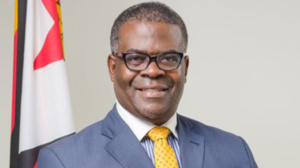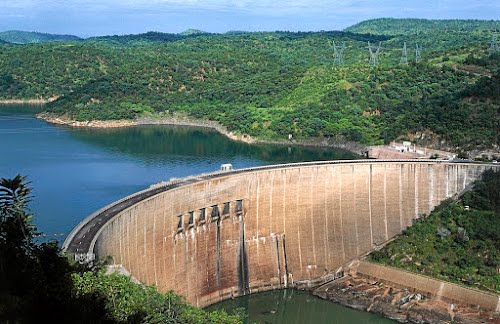Prospects of adequate power supplies in Zimbabwe have literally been dashed into ashes amid revelations that water levels at Kariba Dam- which is home to the country’s sole hydro-electric power station- have remarkably gone down in recent weeks.
According to statistics from the Zambezi River Authority, which manages the dam on behalf of Zambia and Zimbabwe, the dam is now left with power generation water that is at a level of just one metre. The appalling statistics reveal that, as of Thursday last week, water levels at Kariba were 476,75 metres which translates to 8,64 percent of the dam’s carrying capacity.
Water levels in the Kariba Dam, the Authority revealed, was at 476,75 metres translating to 8,64 percent of the dam’s carrying capacity as of last Thursday.
“The Kariba Lake is designed to operate between levels 475,50m and 488,50m (with 0,70m freeboard) for hydro-power generation. The lake level has been decreasing due to reduced rainfall activities around and on the lake to close the period under review at 476,75m (8,64 percent usable storage) on 30 January 2020. Last year on the same date, the lake level was 481,73m (44,83 percent usable storage),” said the Zambezi River Authority in an update.
Despite the initial improvement in water inflows which increased from 476,67m (8,09 percent full) on 17 January to 476,82m (9,18 percent full) on 25 January, the statistics show a sharp decrease in water levels from January 26 to date.
The water levels are a massive 36 percent apart, in comparison to levels recorded around the same time last year.
The Kariba Dam has the capacity to produce 1 050MW of electricity but as of Friday it was only generating 306 MW, according to power utility, Zimbabwe Power Company.

Energy and Power Development Minister Fortune Chasi was quoted in the state media as having said that ‘the issue of water is beyond our control’.
“Of course, the rains that we have been receiving have not brought much change to the levels in Kariba Dam so we still do not have enough water to improve power generation at Kariba. We are still hopeful but remember the issue of rain is also beyond our control.”
Chasi claimed efforts are being made by the Government to curb impending power challenges bedevilling Zimbabwe.
“There are efforts that are underway to mitigate the low power generation at Kariba and the one I can safely say is in the pipeline is the Mozambique deal.”
Debt-riddenZimbabwe imports power from Eskom of South Africa and Hydroelectrica de Cahora Bassa (HCB) of Mozambique amid the challenges.
Reports indicate that the deal between Zimbabwe and Mozambique has been stalled by Harare’s failure to honour a US$100-million facility it secured from Afreximbank.
State Media













